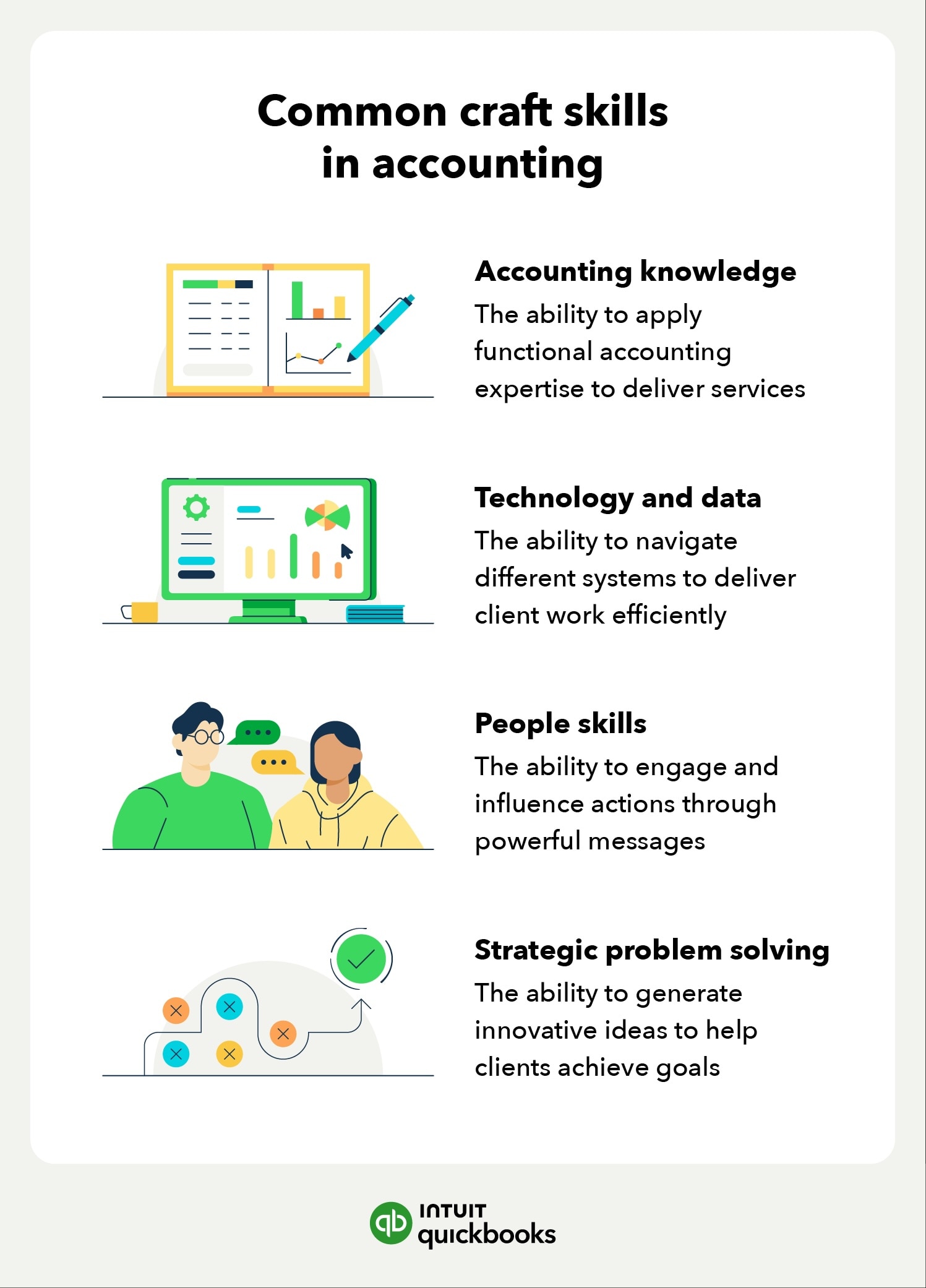When it comes to growing your firm, and building a legacy of growth and stability, many of today’s accountants have a shared goal: to build a quality client advisory services (CAS) offering. And while AI and other technology will certainly help along the way, I believe that the future of CAS is really people-first. After all, it’s people who give CAS insights meaning; people who implement the tools and technology you’ll use; and people who can build your firm’s CAS strategies and processes for years to come.
Considering just how important people are to your overall CAS offering, you should invest in your team. And that strategy starts with considering—and accelerating—your team’s career growth.
In my previous article, I talked about the impact professional growth and continuous learning could have on recruitment and retention—hot-button topics among accounting firms. I don’t need to tell you it’s a tough labor market right now. Anything your firm can do to attract and retain talent is worth considering.
Fortunately, offering professional growth opportunities is a win-win for all involved: firms reap the financial benefits of offering clients a highly qualified team, team members feel a greater sense of accomplishment and job satisfaction, and clients receive better care.
All in all, investing in your team’s career growth seems like a no-brainer. But what about the fine details? In this article, I’ll talk about how to create your firm’s business goals, and how to integrate your team’s craft skills with those goals for an end-to-end growth strategy that’s as successful for your firm as it is for your team.




